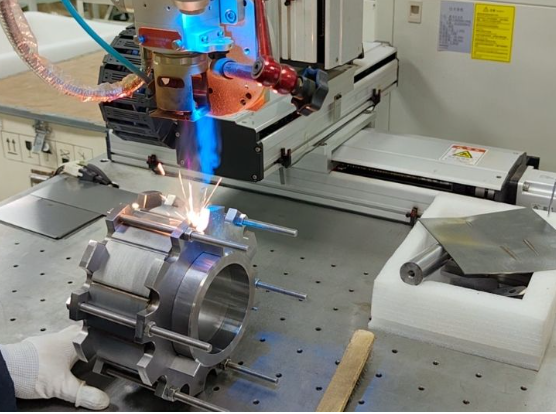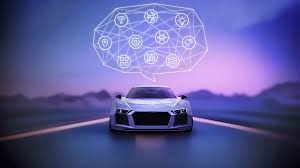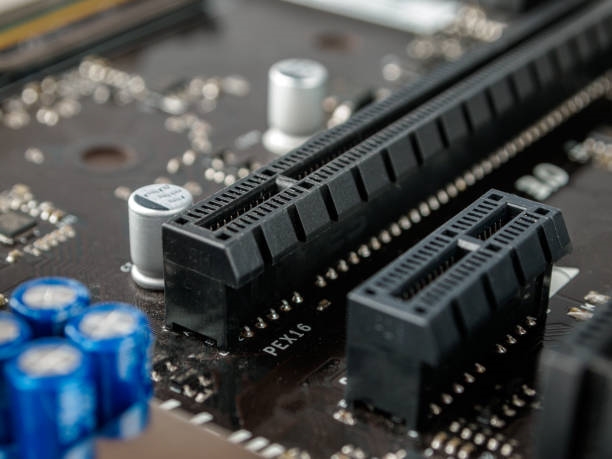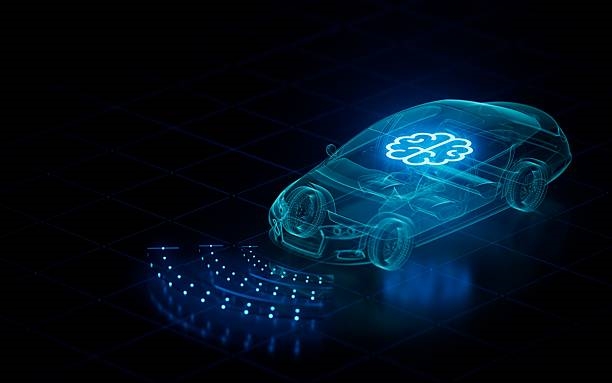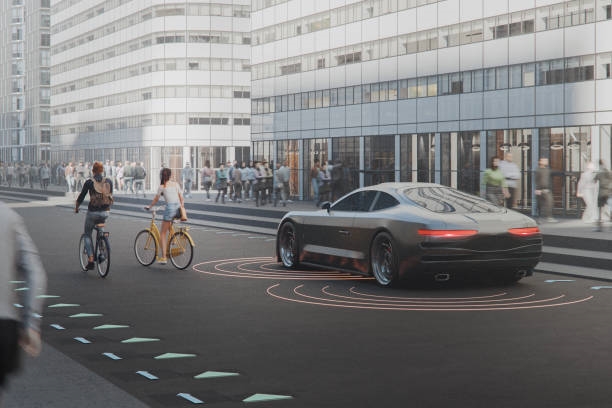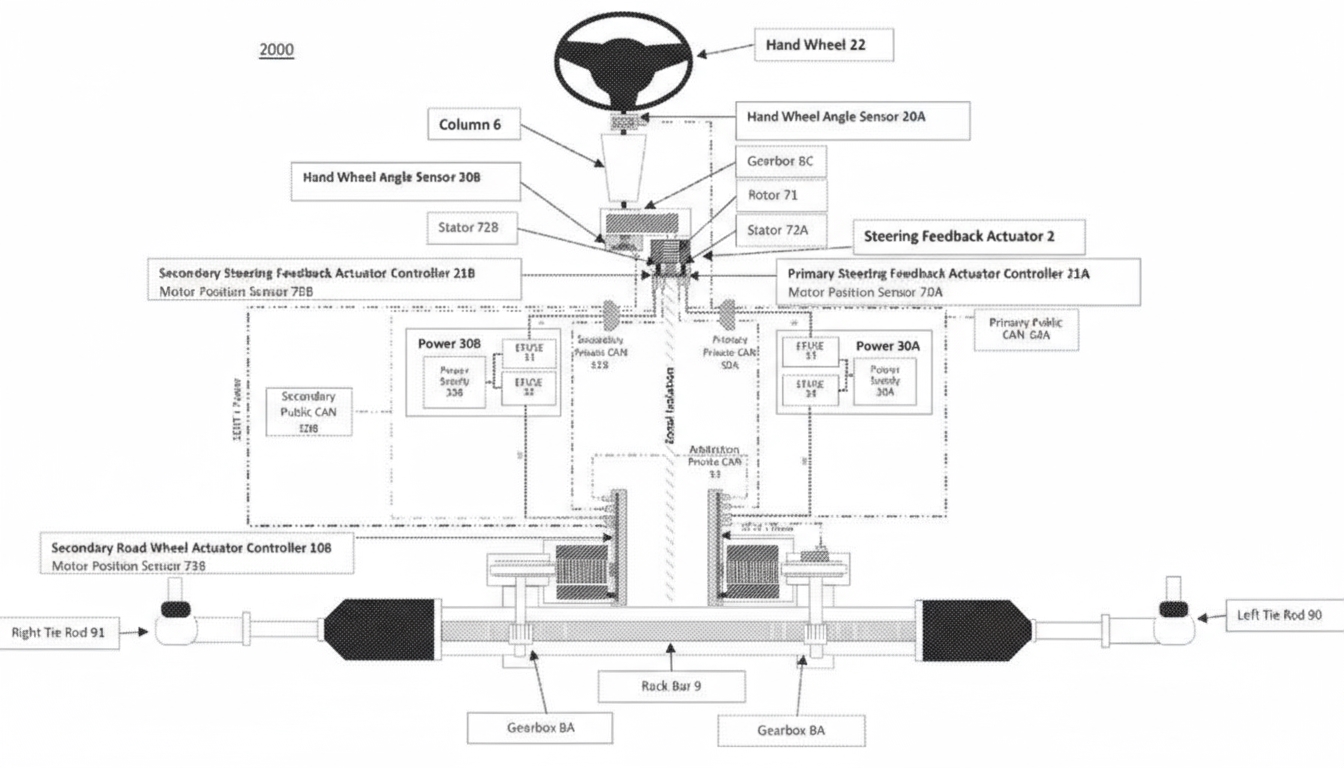Overview
If the engine is the car's "heart," the vehicle's "brain" is the ECU. ECU can stand for either Engine Control Unit or Electronic Control Unit. The former refers specifically to the unit that controls the engine, while the latter is a broader term. This article focuses on the Engine Control Unit.
Background: from carburetors to electronic injection
Before 1967, gasoline engines used carburetors to supply fuel, a principle that differs fundamentally from modern electronic fuel injection. Carburetors draw fuel using the pressure differential across the throttle and cannot accurately control fuel quantity, which limits performance and emissions. Companies including Bosch developed electronic fuel injection systems. Early Bosch systems included D-Jetronic, followed by K-Jetronic and L-Jetronic; later, the company developed multiple electronic fuel management systems. Although product names vary among manufacturers, their architectures are largely similar, and electronic fuel injection operates on the principle of metered, timed fuel delivery.
Why an ECU is needed
Electronic fuel injection requires precise control over how much fuel is injected and when. Required fuel quantity and injection timing depend directly on engine speed and air flow, and they are also affected by parameters such as coolant temperature and oil pressure. To process these parameters and issue injector commands, an engine control unit is used.
ECU components and functions
An ECU is similar to a standard microcontroller system: it includes a microprocessor, memory, input/output interfaces, analog-to-digital converters, and signal conditioning and driver circuits. Its job is to compute vehicle operating conditions from various sensors and to control ignition, air-fuel ratio, idle, exhaust gas recirculation, and other functions. ECUs are designed to operate in a wide temperature range (typically -40 to 80 degrees Celsius) and tolerate significant vibration, so failures are relatively rare. ECUs also support fault self-diagnosis and protection: when a fault occurs, the ECU can store fault codes in memory and apply fallback strategies read from internal routines to maintain engine operation long enough to reach a repair facility.
How an ECU works: sensing, calculation, command, and confirmation
In simple terms, an ECU acts like a commander that "senses," "thinks," "commands," and then "confirms."
Sensing
Sensors perform the reconnaissance role. A typical automobile engine can have dozens of sensors. Basic sensors include the throttle position sensor, crankshaft speed sensor, oxygen sensor, crankshaft position sensor, camshaft position sensor, intake air temperature sensor, coolant temperature sensor, and knock sensor. These sensors collect information and provide electrical signals to the ECU. After passing through the analog-to-digital converter, signals become digital and the ECU computes the engine's current operating state. This is the ECU's "thinking" stage.
Thinking: the role of stored programs
Because the ECU does not "think" autonomously, it relies on programs stored in ROM. These programs act as software that compares incoming sensor signals with preset calibration data and computes adjustment strategies. The program is the ECU's core and is developed from extensive experimental data, typically obtained through bench testing and road testing. Tuners who modify ECU behavior do so by rewriting or revising the ROM program to change the ECU's computation rules.
Fuel quantity calculation and injection timing
Fuel quantity is calculated based on injector pulse width, which defines how long the injector is open. The fuel injection computer (ECU) calculates the required injector on-time from measured air flow, engine speed, and compensation signals from various sensors, using predefined fueling maps. The ECU's computed injector pulse width equals the sum of the base injection time, compensation injection time, and injector dead time, expressed in milliseconds (ms). The fuel quantity delivered per unit time depends on the injector orifice size and fuel pressure.
The base injection time is determined by the intake air mass and engine speed. When the accelerator pedal is pressed, the throttle opening increases, allowing more air in. The ECU compares the measured intake flow and engine speed with the fueling map and computes the required fuel mass and corresponding injector pulse width.
Compensation injection time
Compensation injection, commonly called "acceleration enrichment" or other compensations, accounts for additional fuel required to keep the engine stable and smooth under changing conditions. Compensation is computed from sensor signals indicating the engine's instantaneous operating status and load. Setting compensation routines is complex and vehicle-specific. Typical compensation items include: cold start enrichment, warm-up enrichment, post-idle start enrichment, high-temperature compensation, acceleration enrichment, high-speed/high-load compensation, stoichiometric air-fuel ratio feedback compensation, and fuel cut control.
Injector delays and dead time
Injectors exhibit an opening delay between coil energization and full fuel flow, and a closing delay after coil de-energization before flow stops. Because the opening delay is usually longer than the closing delay, the actual delivered fuel will be less than intended if delays are not accounted for. The difference between opening and closing delays is called injector dead time. To achieve the correct fuel quantity, the ECU adds the dead time to the calculated pulse width. In other words, dead time is treated as a compensation term.
Learning, diagnostics, and adaptive behavior
ECUs also function like a flight "black box" by recording vehicle operation data. Many ECUs have learning capability: they continuously record driving data to adapt control parameters to the driver's habits, a process known as adaptive learning. Because these learned parameters are stored in volatile memory, removing battery power can erase them. In case of faults, recorded data and fault codes help with diagnosis and repair.
Command and closed-loop confirmation
After computation, the ECU issues commands to actuators such as injectors and fuel pumps to adjust fuel quantity and timing; ignition control modules and ignition coils are also controlled by the ECU. The ECU then receives feedback data and confirms control results, completing the closed-loop control cycle.
ECU proliferation and vehicle networks
As vehicle electronics have advanced, ECUs have assumed more responsibilities. Variable valve timing systems such as i-VTEC require additional camshaft position sensors and ECU calculations to switch cam profiles. Continuous variable systems like BMW Double-VANOS require precise ECU control of phase and valve lift. Modern mid- to high-end cars use ECUs in many areas beyond the engine, including ABS, four-wheel drive systems, active suspension, airbags, and automatic transmissions. The traditional "Engine Control Unit" has evolved into one module in a vehicle-wide electronic control architecture, so the term Electronic Control Unit is now often used.
With more ECUs and increasingly complex wiring, multiplexed communication networks are used to simplify wiring and reduce cost. Multiple ECUs are connected into a network system, typically using CAN bus technology. CAN and other vehicle networks enable efficient information exchange among ECUs.
 ALLPCB
ALLPCB


